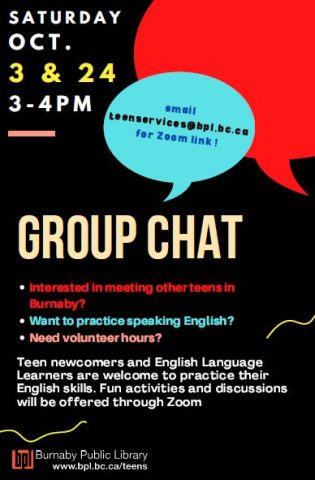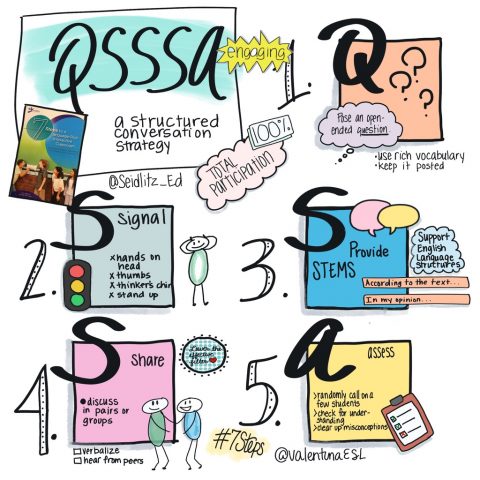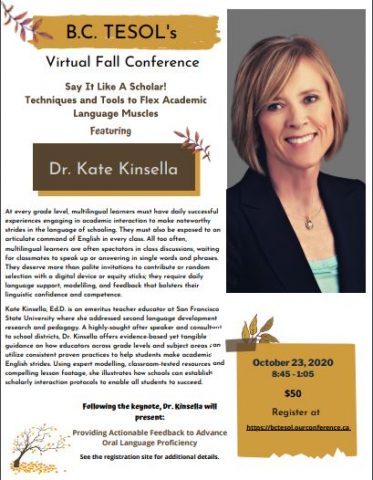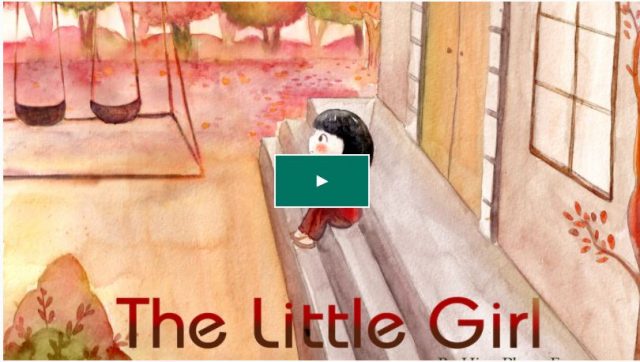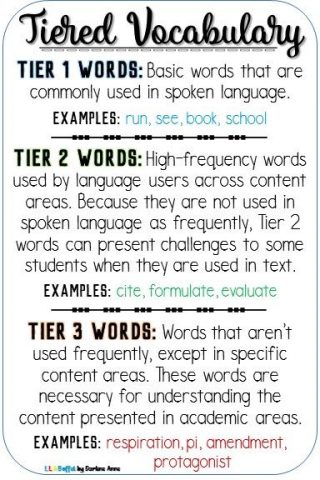Acknowledgement
We want to thank all the ELL teachers, classroom teachers, secretaries, school support staff, and administrators that pulled together to get initial assessments done. We needed cooperation, patience, and flexibility to get through it and you all showed extreme grace. You are awesome.
Reminders
ELL Elementary Teachers: There has been some shuffling of staff so please take 1 minute to fill out the survey listed in TEAMS so we have a list of who is where. Thank you!!!
September 30th, 2020 is the day we need to have all initial assessments, reassessments, AIPs completed and support provided and documented for all funding-eligible ELL students. Please refer to the district memos that were sent out regarding ELL files.
If you need reading and writing picked up, you need to let Fanny and Michelle know ASAP.
Upcoming Dates
Date
|
Time/ Place
|
Event
|
| Wednesday, October 7th, 2020 |
3:30-5:00pm (Teams) |
SIOP Coordinators’ Meeting |
| Thursday, October 8th, 2020 |
3:30-5:00pm Zoom |
ELL Book Club (sign up on Staff development calendar) |
| Thursday, October 8th, 2020 |
1-2 pm Zoom |
Elementary ELL Meeting |
Language and Content Objectives
Every Teacher is a Language Teacher
Another great way for all teachers to support students is to write content AND language objectives and read them together every class. They can be written for units, or individual lessons and are an effective way to utilize the Tier II vocabulary we talked about last week. They also give students a clear idea of the purpose and goal of their learning.
After teachers decide what they are going to teach, they can consider just two questions:
“1. What language will students need to know and use to accomplish this content objectives?
2. How can I move my students’ English language knowledge forward in this lesson?” (Echevarría, Jana, et al. Making Content Comprehensible for English Learners : The SIOP Model. Boston, Pearson, 2017.)
Teachers can consider academic vocabulary, language skills and functions, language structures or grammar, or language learning strategies.
Then, post it somewhere visible to all students: We will (content objective) by (language objective).
Examples:
We will identify the character’s personality by retelling the actions she takes in the story.
We will determine characteristics of different igneous and sedimentary rocks by writing comparative sentences.
We will identify specific landforms on a map of Canada by presenting an oral report about one landform and its influence on economic development.
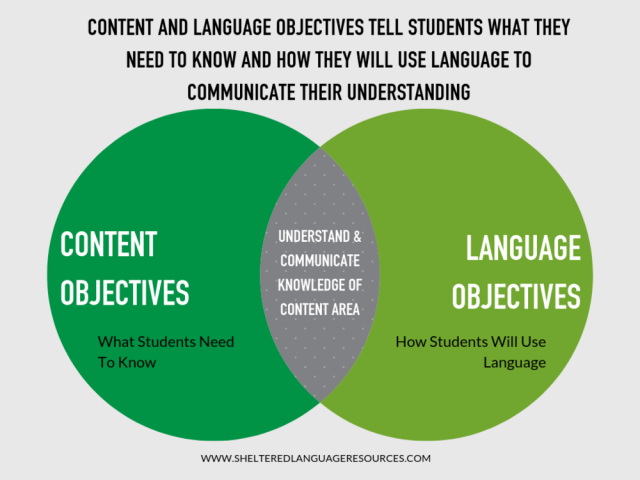
https://www.shelteredlanguageresources.com/blog/language-objectives
Virtual Teen Chat with Burnaby Public Library
A fun way for students to meet others from around the district. They play games, talk, and learn about resources from the library. Please share with your students.
